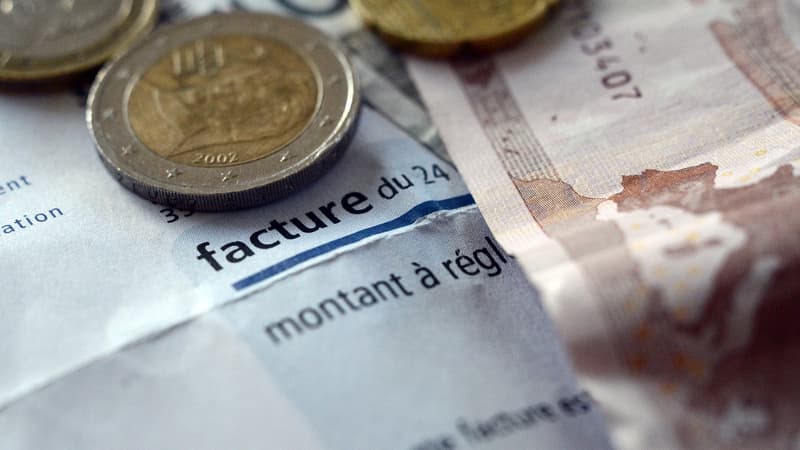A “breathless” device to use the words of Luc Rémont. During his hearing in Parliament last Wednesday, the new head of EDF spoke about the financial situation of the company whose debt could reach 60,000 million euros before 2023. He mentioned in particular the Arenh, the historical regulated access to nuclear electricity , which contributes to crippling EDF’s economy. finances leading, according to him, to “underremuneration”.
Requests made to the CRE
As a result of the NOME law on the new organization of the electricity market, the Arenh entered into force in 2011. The State then sought to open this market to competition by promoting the appearance of alternative providers. To do this, they benefit from part of the electricity produced by EDF’s nuclear power plants, which represent around two thirds of the energy mix.
In this specific market, they have the possibility of contracting a volume that is determined according to their clients’ consumption forecasts during the hours of least demand, that is, in the months of July and August, on weekends – weekends and public holidays and at night between April and October. Once the portion of their consumption eligible for Arenh has been determined, suppliers submit their request to the Energy Regulation Commission (CRE) and sign a framework agreement with EDF.
The annual cap is reduced to 100 TWh after a brief increase to 120 TWh
For ten years, the volume of electricity offered each year through the Arenh system has been 100 TWh, which today represents one third of EDF’s total annual production. This volume was briefly increased to 120 TWh from April 1, 2022 to help contain the increase in electricity prices to 4% in bills. Bruno Le Maire announced on Thursday that the ceiling would be lowered to 100 TWh next year.
And for good reason, Arenh’s interest is that it allows providers to benefit from an electricity rate that is usually lower than the market rate. This price is established by the CRE taking into account the costs of operation, maintenance, long-term charges or the return of capital and is then validated by the government. Arenh has been selling its megawatt hour for about 40 euros for a decade… except that in 2022 the market price could reach 1,000 euros per megawatt hour during the summer. In other words, EDF had to buy electricity at exorbitant prices in the markets to resell it at a knockdown price.
A deadline today for SMEs
In the current context of high voltage, the demand largely covers the maximum volume of electricity forecast under the Arenh. Guest of Good Morning Business two weeks ago, the president of the Liaison Committee of companies that have exercised their eligibility in the free electricity market (CLEE), Frank Roubanovitch, recalled the vital importance of the system for French SMEs:
In this case of imbalance that has been systematic since 2020, the CRE puts a cap on Arenh, which means that alternative providers receive a similar percentage of their respective demand. By 2022, the volume of requests had reached more than 160 TWh, which had meant a 37.5% reduction in requests from the different providers.
A reform of the system after 2025?
And this has repercussions on consumers since suppliers are then forced to supply themselves in the markets, at much more expensive prices, to compensate for the part of their demand that has not been satisfied through Arenh’s quotas. In addition, these same suppliers must buy additional guarantees in the capacity market, which pushes the prices charged under the contracts a little higher.
This situation is prompting some alternative providers to demand an increase in Arenh’s ceiling, while the latter should be exceeded again by fiscal year 2023. It is planned to be extended until 2025.
Source: BFM TV


